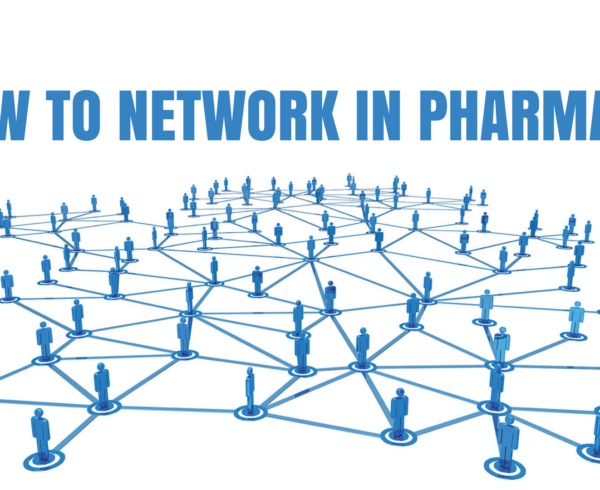Every day, pharmacists and technicians face the task of communicating with patients, employees, and physician office staff whose background and levels of understanding differ greatly. In the worst case, these hurried conversations can leave the patient confused about their treatment plan.
Use these 5 tips to improve your communication skills at the pharmacy to ensure every patient and customer understands and can communicate with you in the best way possible!
Adjust Your Location
If you are struggling to hear a patient as you are answering their questions and informing them of the important information for their medication, relocate! Move to a more private area. This not only will help your patient hear and understand what you’re saying, but they will also see that you are willing to take time out of your schedule to make sure they receive the care they deserve. Not only that, but they may be more apt to ask the “tough” questions when they aren’t surrounded by other customers.
Adjust Your Tone
As you become frustrated and see that your communication is failing with your patient, your volume may increase and your speaking speed may also increase, making it even harder for the patient to understand what you’re saying. Always keep your feelings in check as you communicate with your patient and if you feel frustration or anger coming on, pause for a moment and take a deep breathe. If conversation becomes TOO heated, you can excuse yourself politely and ask to reschedule the discussion for a later time.
Adjust Your Vocabulary
Sometimes it’s easy for pharmacists and technicians to forget that the vocabulary you use doesn’t necessarily work for your patients, too. What is familiar to you in the health care community is not usually familiar to a normal person looking for advice on a certain medication. A good way to simplify what you’re saying is to ask yourself, “How would I explain this concept to a high school student?” Avoid all acronyms and medical slang, as well.
Communication is key, especially when it comes to your patient’s safety, so make sure the conversations you’re having with them are meaningful on both ends!













Recent Comments